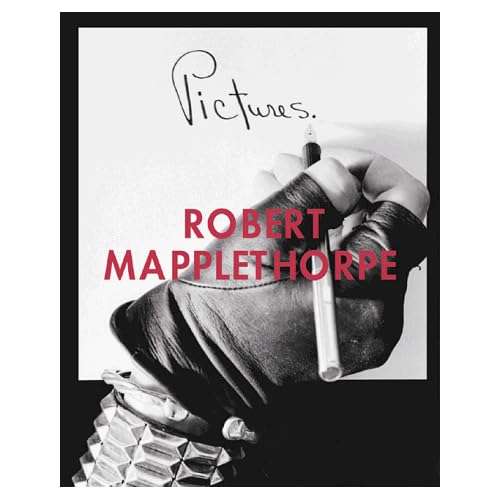Pictures: Robert Mapplethorpe
Category: Books,Politics & Social Sciences,Social Sciences
Pictures: Robert Mapplethorpe Details
From Library Journal Mapplethorpe, whose name is now synonymous with controversy, was renowned for his refined aesthetic and his willingness to confront taboos. In contrast to his classical portraits, nudes, and still lifes, his sex photographs and the reactions they engendered have been much discussed but less frequently seen. Edited and designed by Levas, this compilation of images (made between 1976 and 1980) showcases 103 beautifully reproduced duotone plates and demonstrates Mapplethorpe's intimate, personal vision of homosexuality and fetishism. Interview editor Ingrid Sischy provides a brief introductory essay that concisely contextualizes the work, explaining that while they may be shocking the photos are not pornographic. "Explicit pictures of homosexual sex don't make up a huge proportion of his work, but they are its underbelly." This handsome book is a welcome addition to the 100 books and articles listed in its bibliography, offering valuable documentation of an important artist. Highly recommended for specialized collections.AJames E. Van Buskirk, San Francisco P.L. Copyright 1999 Reed Business Information, Inc. Read more

Reviews
Published after both the death of Robert Mapplethorpe in 1989 and the controversial exhibits at the Corcoran Gallery and the Cincinnati Museum PICTURES contains 100 of the artist's sex photographs. Some of the images had been published in previous books: Brian Ridley and Lyle Heeter, 1979, for example, where the two men are formally posed in full leather, (Ridley is in chains) in a beautifully furnished room complete with Oriental carpet. Of course Mapplethorpe's self-portrait in leather jacket, the first portrait in the collection, had been published and exhibited previously.The photographs range from noncontroversial portraits to the extremes of S & M. Some of these images will shock; others (Baby Larry) you may find silly. A couple of them may make you laugh. (The infamous self-portrait of Mapplethorpe, for example, with the riding crop comes to mind.)Mapplethorpe detested the term "erotic art." He believed that art was either art or it was not. The photographs certainly are beautifully lit and formally composed. Many of the models were his friends and it is obvious that no one was photograhed against his will. (There is only one photograph of a woman among the shots.) In addition to the quotations from Mapplethorpe, Ingrid Sischy has written a thoughtful introduction to the photographs. Since Mapplethorpe did most of these photographs in the 70's and early 80's, we have to wonder how many of these men died of AIDS. Sischy says so well: "They [the photographs] articulate the hope, the craziness, the sense of emerging freedom, the battles of self-esteem, the fight to be proud of one's love. . . Although Mapplethorpe couldn't have anticipated this, as it turns out his photographs have also become an eloquent record of loss."Certainly no one before or since Mapplethorpe has done this kind of photography. We can only imagine the thousands of images he would have given the world by now, had he lived.


